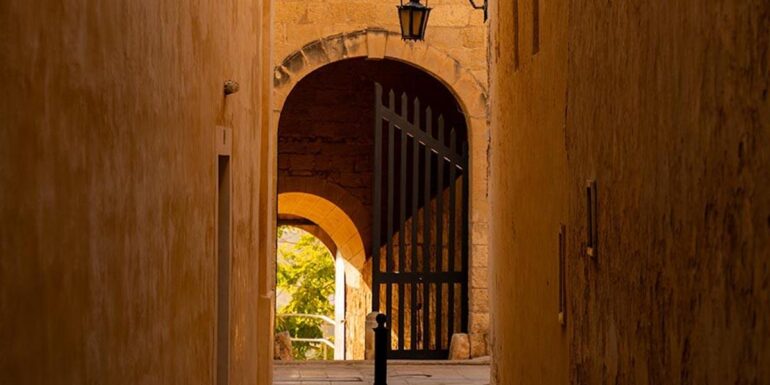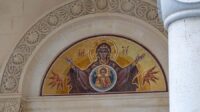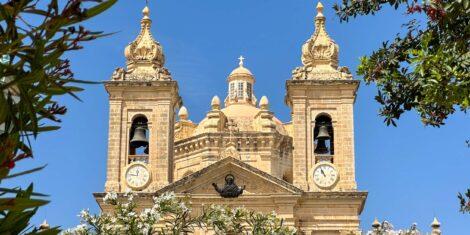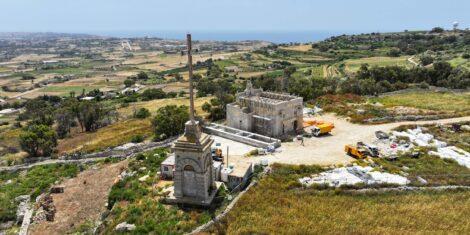Every culture has their own version of a meddling spirit. Some have the poltergeist, some have the jin, but in Malta, we have Il-ħares. Like with all cultures, there are different interpretations of their ghosts. Are they friendly and helpful or malignant and evil? Depends on who you ask.
The word “Il-ħares” in itself has certain sounds that go almost too well with what it connotes. It sounds like something mysterious and unknown, almost like the sound of a serpent’s hiss. Even more hauntingly, the word “hares” in Maltese means to look. It is from here that the legendary ghost gets its name.
Yet actually, as with many other things in Malta, there’s been a strange mixture of perceptions when it comes to ghosts, specifically the ħares.
Origin of the Word
Mikiel Anton Vassalli’s Dictionary Definition
In his first dictionary in 1796, Mikiel Anton Vassalli defined the word ħares as a domestic protective spirit. Here, the origin from the word hares could not necessarily mean ‘to look’, but ‘to look after’. He found that the ħares existed as a belief in the collective consciousness. Many believed that this spirit embodied the shape of a small black snake.
Vassalli illustrated this with a short story about a woman who accidentally killed a black snake. She began crying profusely because of this. The reason she cries is out of regret and fear, because the belief was that if you kill such a creature, you are killing the ħares. And as is common with the paranormal, tragedy may be more prone to tragedy.
Later Discoveries
More recently, in a book called ‘Ghosts of Malta’, Joseph Attard actually points out that this word might be derivative of the word ‘lares’. This word literally meant ‘house protector’.
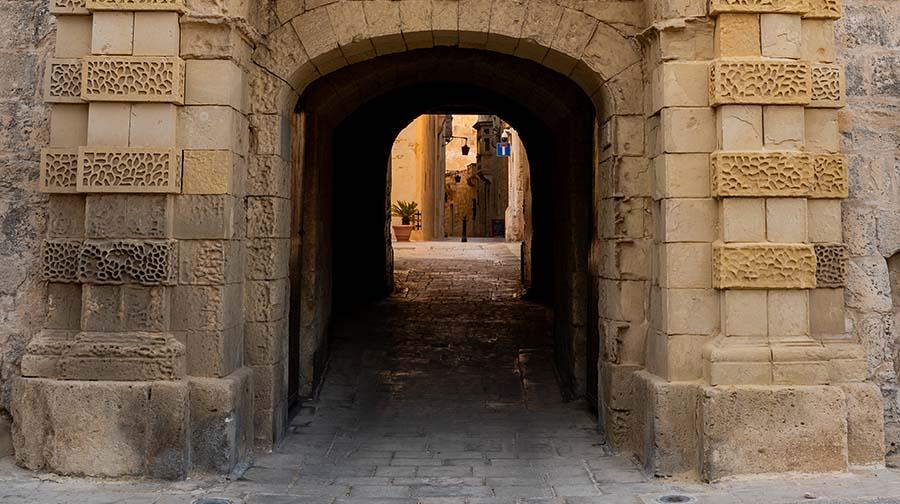
Ħares Similarities in Arabic Cultures and Christianity
Although a thing of its own, the jin (genie) in Arabic cultures, were very similar spirit creatures. So much so that they were often seen as taking the form of a snake as well. The connotations of the two are slightly different. Still, one could easily see how like the ħares, the jin, if it wanted to, could offer protection and care.
In Christian mythology the images of angels guiding children and directing people to do acts instructed by god are plenty. Again, one can very easily draw a line connecting these spirits together.
As Maltese culture is a mix of (among others) Arabic cultures and cultures of Christian countries, we can further understand where the mysterious ħares come from.
Il-Ħares In Context: Maltese Mythology and Everyday Life
Without implying that the belief in ghosts and spirits has been completely obliterated, we can definitely say that it’s less common than it used to be. The reasons for this are plenty.
To begin with, people are more aware and educated. That brings with it a certain level of skepticism, especially about something as abstract and intangible as the paranormal. In addition to this you have to imagine living in Malta, at night, when your only source of light was the moon, the stars, and a few candle-lit street-lamps every now and then.
Before Electricity
Traveling from one village to the other, most especially at night, must have been quite an eerie experience. With pitch-black paths, rustling winds in the tree and potential dangerous encounters, the mind starts to wander uncontrollably. This is probably why in between towns and villages you find niches with saints, as a ‘check-point’ in the journey.
In the previously mentioned book Attard claims there were stories of two-headed cats, spectral dogs and animated spheres of mist that haunted travelers in the night. In other words, the belief that there is a spirit that ‘protects’ holds very strongly when you consider the embodiment of misfortune, malevolence and tragedy in other ‘evil’ spirits.
The House Ħares
It was commonly believed that every place had its own ħares. These spirits, although traditionally friendly and benevolent, were still the main characters in horror tales of different towns and places passed down generations.
The Story of the Toddler
One such story took place in the 50’s, after a quccija party. This is a party where relatives gather around a toddler, and set up several objects. The object that the toddler touches, signifies the career that they will have. The parents and other relatives of a baby celebrating his quccija were watching the 8mm footage filmed by the father a few weeks later.
In this footage they could see the young toddler walking and falling every now and then—as young kids do. At one point in the video, the child is walking on this big kitchen table, when suddenly he falls head first. Somehow, he lands on his feet.
Now the relatives had seen this in real life and they were all relieved to see that the one-year old was not hurt in any way. But, when they were all watching the footage, they saw an old woman save him from the fall. A woman that no one knows or remembers being there; dressed in black with a black hat with flowers on it.
The Guardian Ħares of Wells and Water
This idea of the ‘house guardian’ was also applied to the wells of the country, and any other place with water dispensers. Naturally, the reason for something like this could be a need for a certain sense of protection around something which is sacred and essential to human survival. In fact, some stories even imply the existence of an entirely different water well creature, Il-Belliegha.
